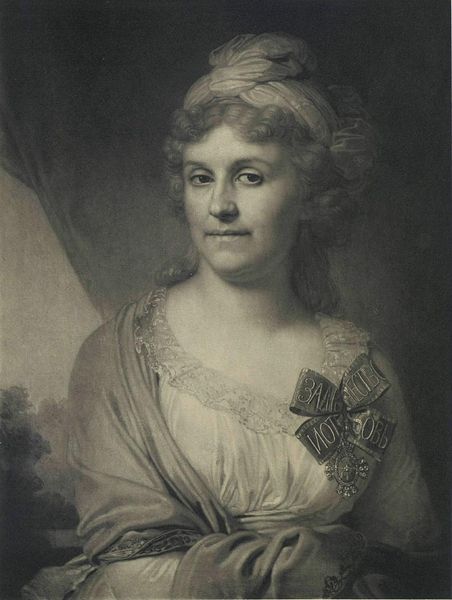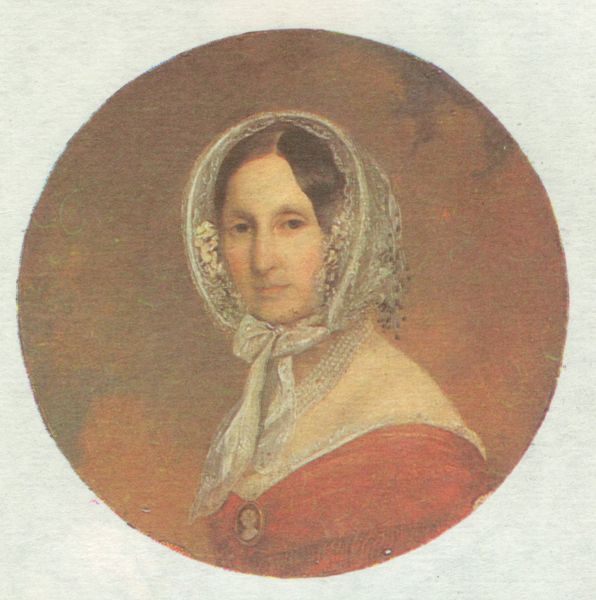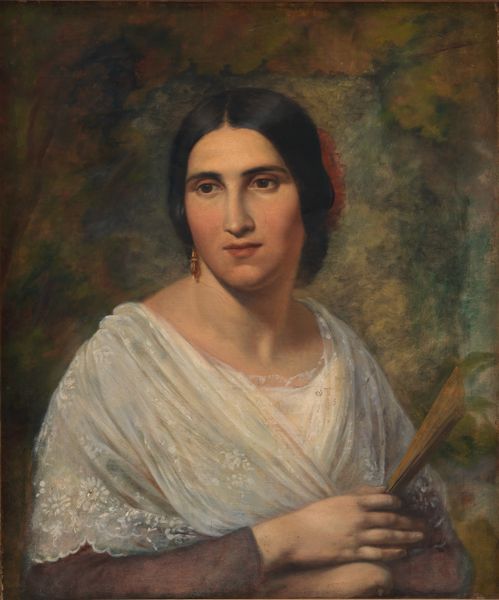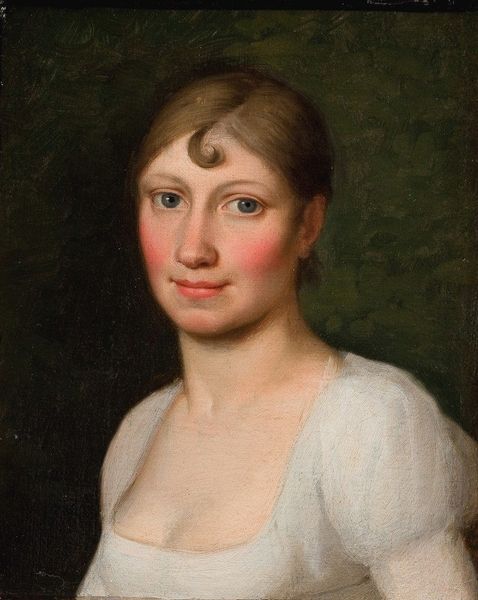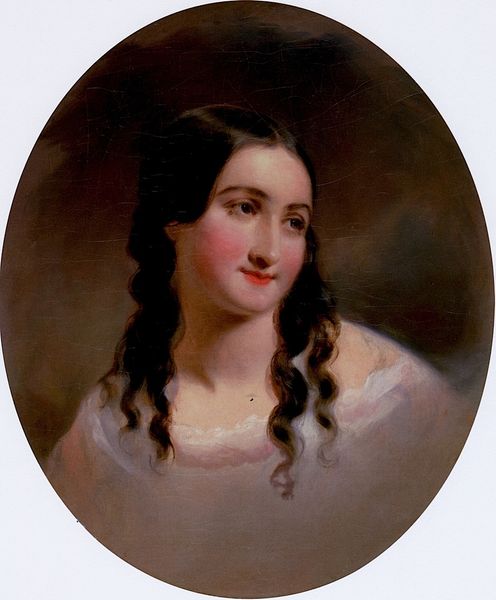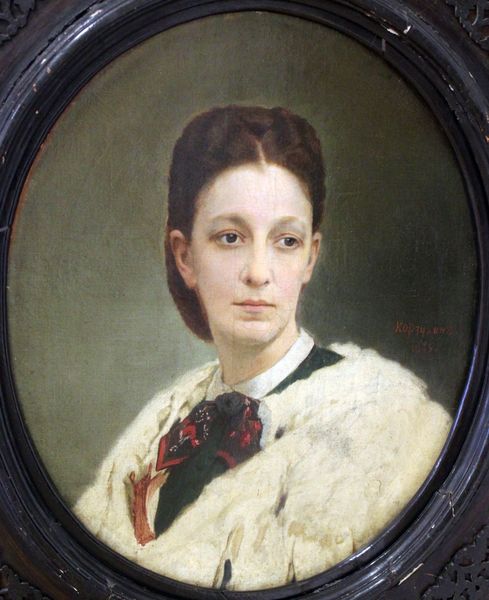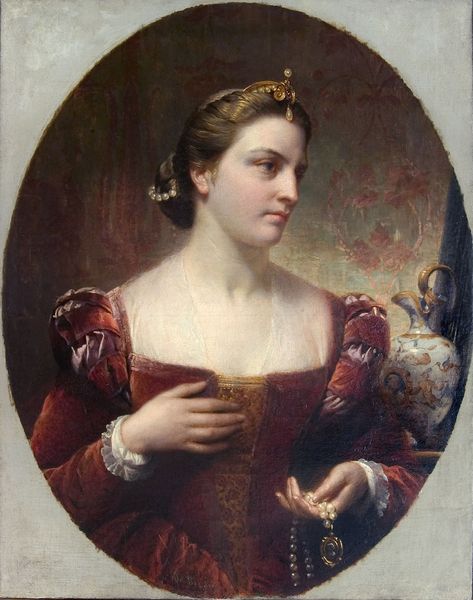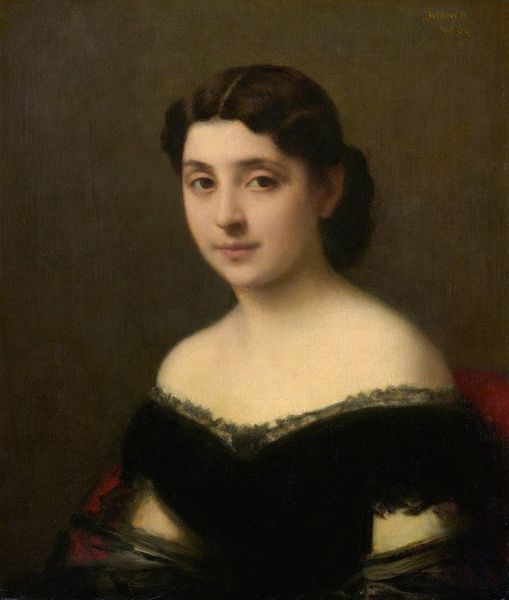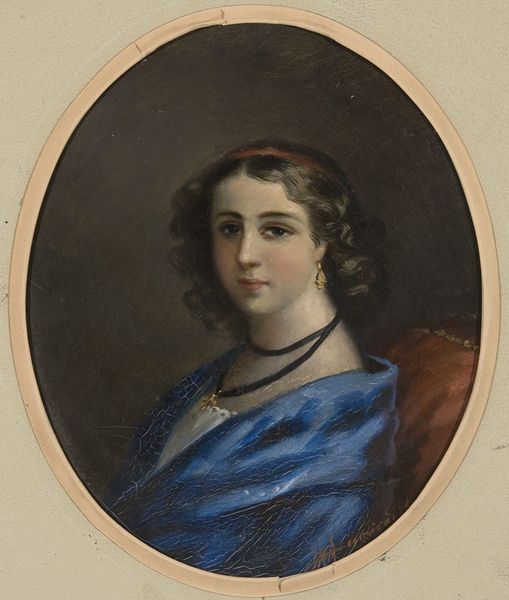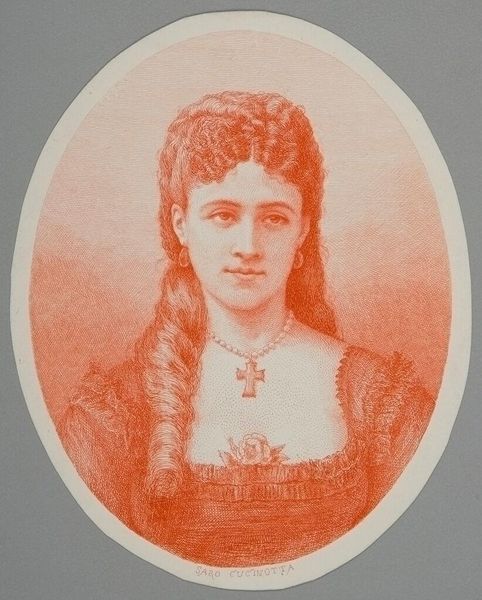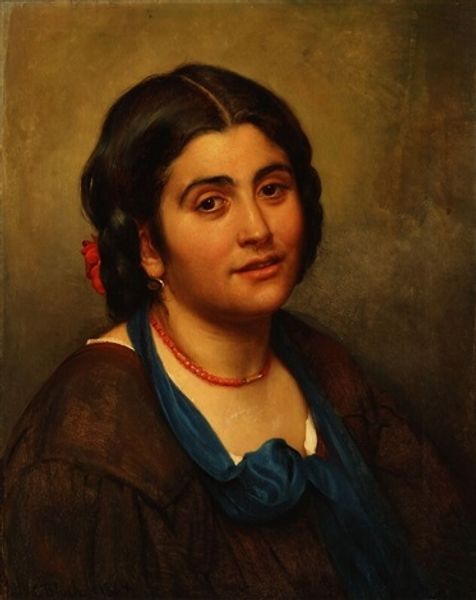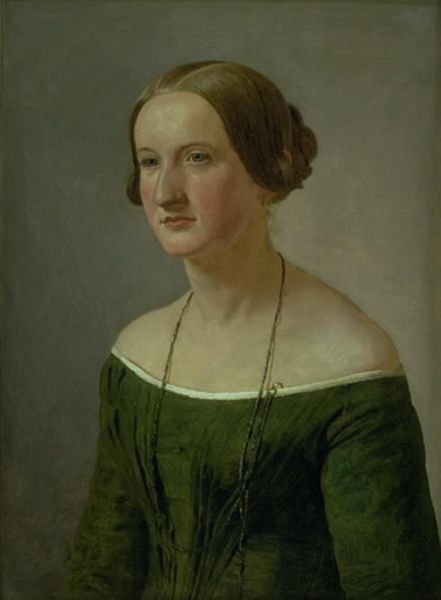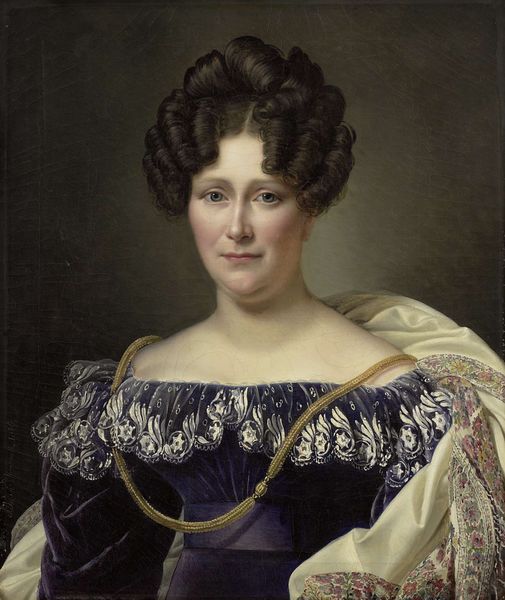
Copyright: Public domain
Editor: This is Edward Robert Hughes's pastel drawing, *Marion Fry Pease*, from 1912. I find it quite captivating, almost haunting in its soft focus. What’s your interpretation? Curator: What I find immediately compelling is how Hughes, an artist associated with the Pre-Raphaelites, here engages with portraiture. Pre-Raphaelite art often focused on mythical and literary themes. How does this portrait diverge or converge with those earlier artistic values, do you think? Consider the role of patronage in Edwardian society; it largely dictated what art was being made and acquired. Editor: I hadn't thought about patronage, but now that you mention it, perhaps the subject’s demeanor conveys a certain expectation of how women were portrayed. Demure, proper… What I wonder is if this portrait adheres to or challenges the idealization of women so prevalent at that time? Curator: Precisely. It is crucial to examine this piece within the context of Edwardian England and its understanding of feminine beauty and social standing. Think about who was commissioning and consuming these works; consider the museums, the art market, and the role they played in shaping perceptions of art and its purpose. It is equally important to look into who Marion Fry Pease was and how the artist may have felt in relation to the commission. Does it seem celebratory or perfunctory? Editor: It is intriguing to think about the socio-political factors shaping not only the creation of art but also its consumption and reception. It makes me want to research further into that period and learn more about Marion Fry Pease! Curator: Indeed. Art isn't created in a vacuum; it's a product of and a participant in complex social and cultural dialogues. Understanding those dialogues allows us to appreciate the artwork on multiple levels.
Comments
No comments
Be the first to comment and join the conversation on the ultimate creative platform.
